Sashiko Pattern Rokkakuasanoha
Rokkakuasanoha 六角麻の葉 means "hexagonal hemp leaf." | Sashiko Pattern
The traditional Japanese pattern rokkakuasanoha 六角麻の葉 means "hexagonal hemp leaf." It is closely related to the extremely popular asanoha pattern, but has fewer lines. Thanks to the left-out lines, the hexagonal lines become more prominent, dividing up the hemp leaves into hexagons.
The hexagon in Japanese patterns often represents a tortoise's shell.
Just like the asanoha pattern, this relative represents a geometric abstraction of a hemp leaf. Simultaneously, it forms many hexagons some of which are divided into triangles. The lines are all straight, which makes it a pattern that is rather easy to draw and stitch.
Like many traditional patterns, rokkakuasanoha is a kisshōmonyō 吉祥文様 "lucky omen pattern." Kisshōmonyō patterns represent good luck and can often be found on kimonos worn at festivities or on gift wrappings for happy occasions. Each pattern has its own distinct meaning.
Rokkakusanoha's origins
Hemp has been used during Shintoistic rituals since ancient times. Its seeds were valued as a source of food and oil, and the plant itself as material for clothing.
In Japan, hemp was the primary material for clothing among common people. This actually contributed to the development of sashiko. Find out more about the history of sashiko here.
Rokkakusanoha's meaning
The hemp plant grows incredibly fast, reaching a height of about four meters in just four months. Because of how fast hemp grows, this pattern is often used for children's clothing. Just like the hemp plant grows quickly and straight, the pattern holds the wish that children may grow up healthily without any harm.
Maybe because the hemp plant is rather undemanding and sturdy, the pattern also symbolizes protection against harm and evil.
The tortoise in Japanese patterns represents long life, so the pattern's combined meaning is perfect for baby clothes and it has been used for such a purpose since olden times.
The pattern is also widely used as a pattern for interior design. You can encounter it anywhere in Japan, and it never goes out of fashion.
Rokkakusanoha sashiko stitching directions
The point where the lines meet to form the middle of a leaf is to be left open. You are supposed to stitch regular lines so that all the stitches line up cleanly and leave an unstitched point in the middle.
I haven't found any pre-printed cloths with this pattern yet, but it's quite easy to adapt from the common asanoha sashiko pattern. If you wanna finish the project quickly, this is one way to get a head start.
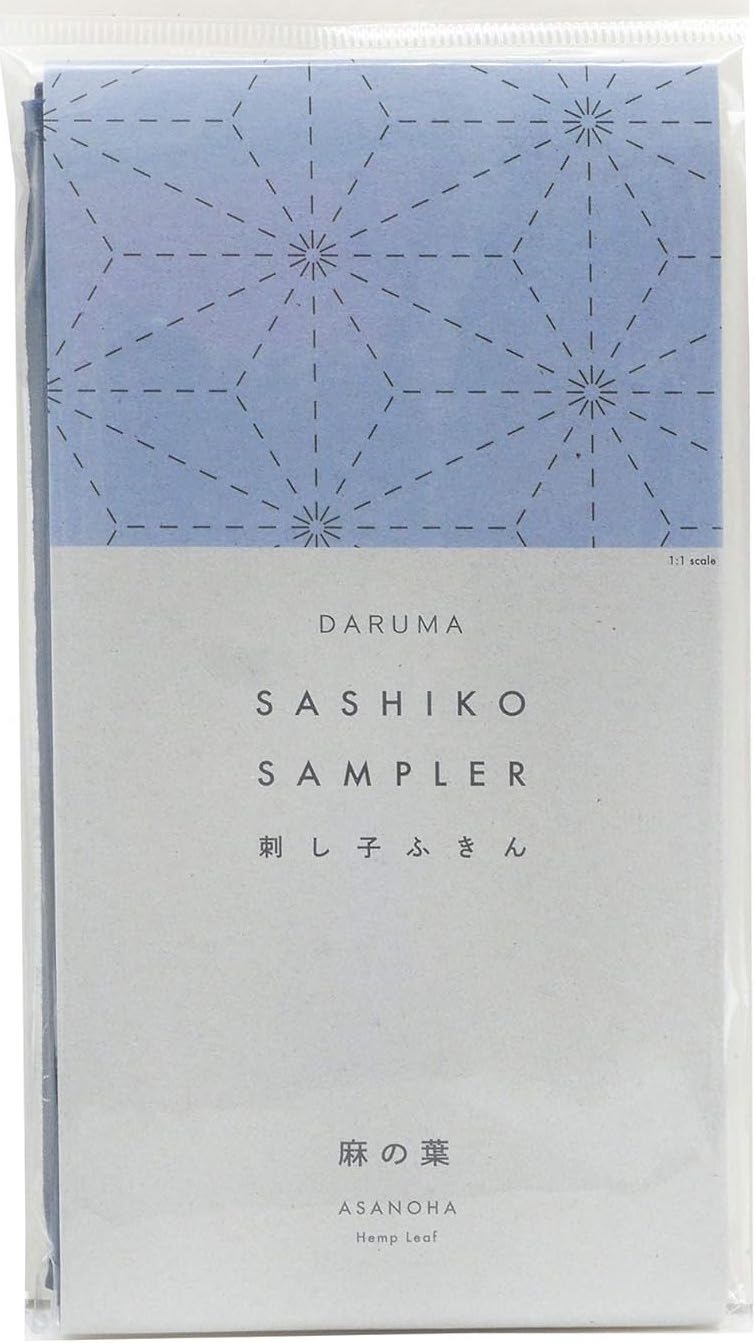
Pre-printed fabric by Daruma
If you want to do sashiko, but you don't want the hassle of drawing the pattern yourself, Daruma offers fabric that has the pattern printed on it. The lines wash out when you've finished stitching. Super easy!
Leave a comment if you are interested in detailed instructions and I will upload more information as soon as possible.

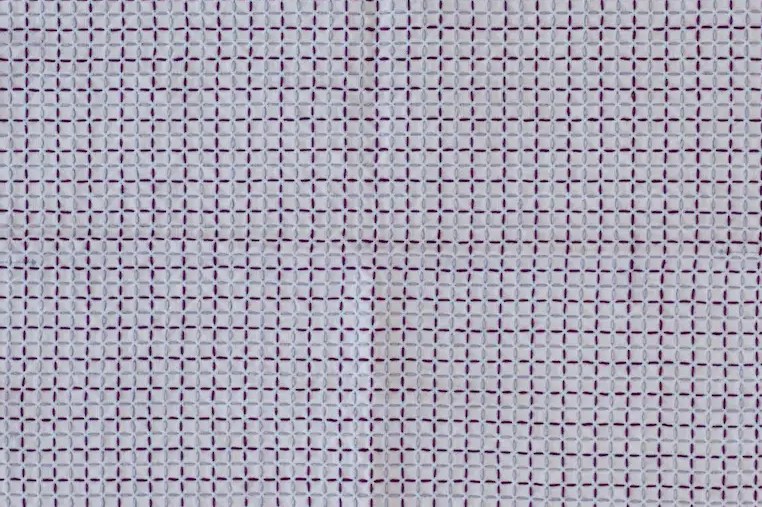
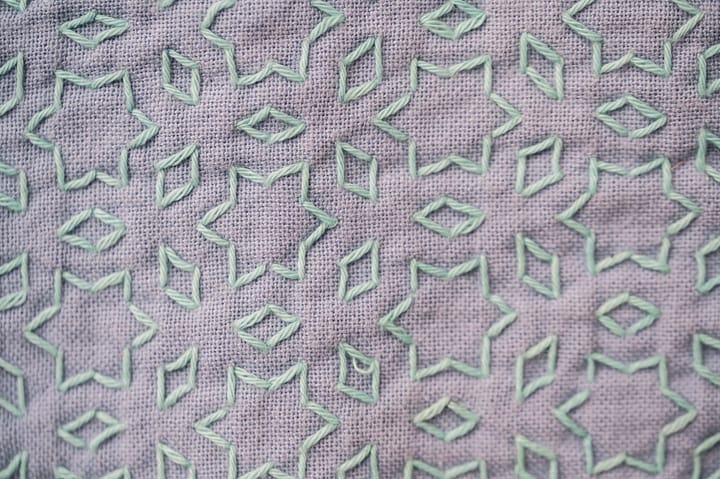
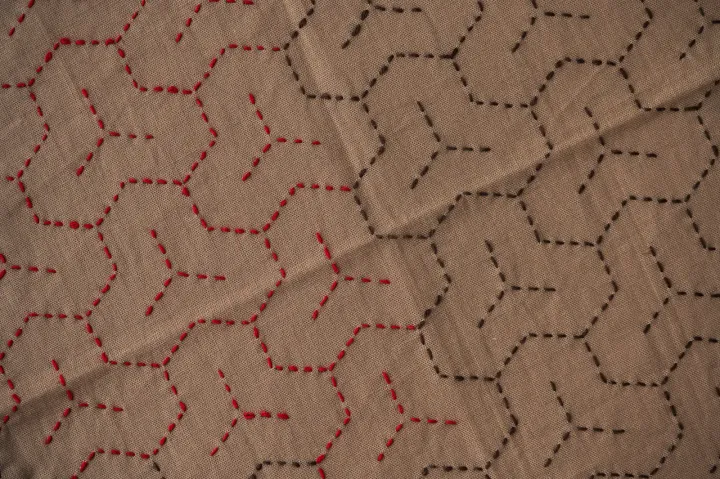
Comments ()